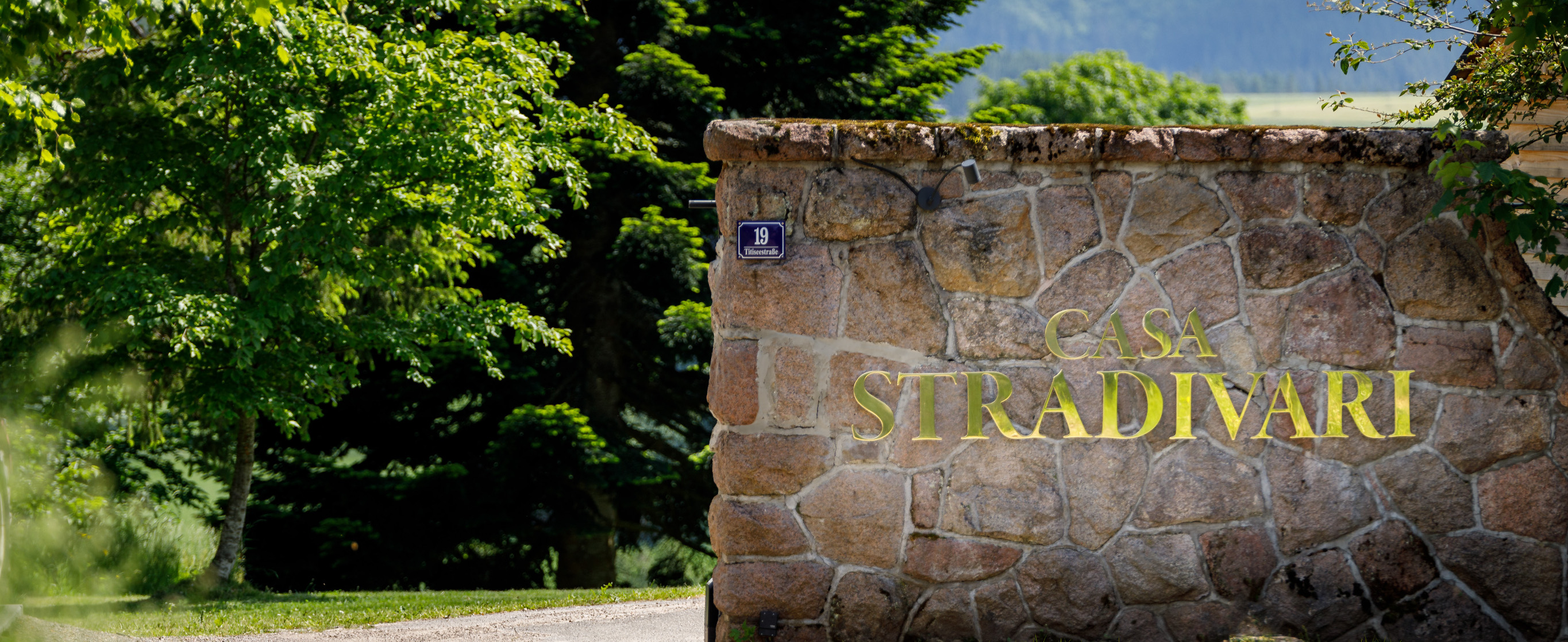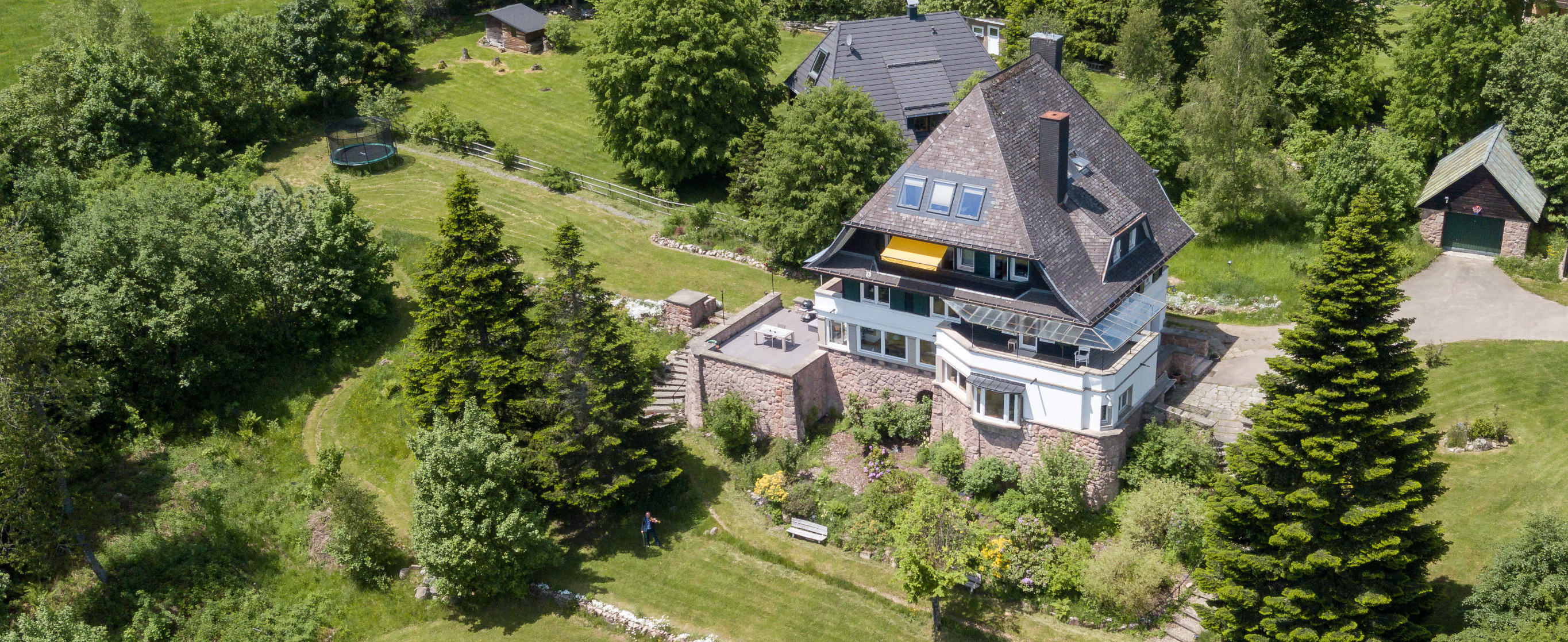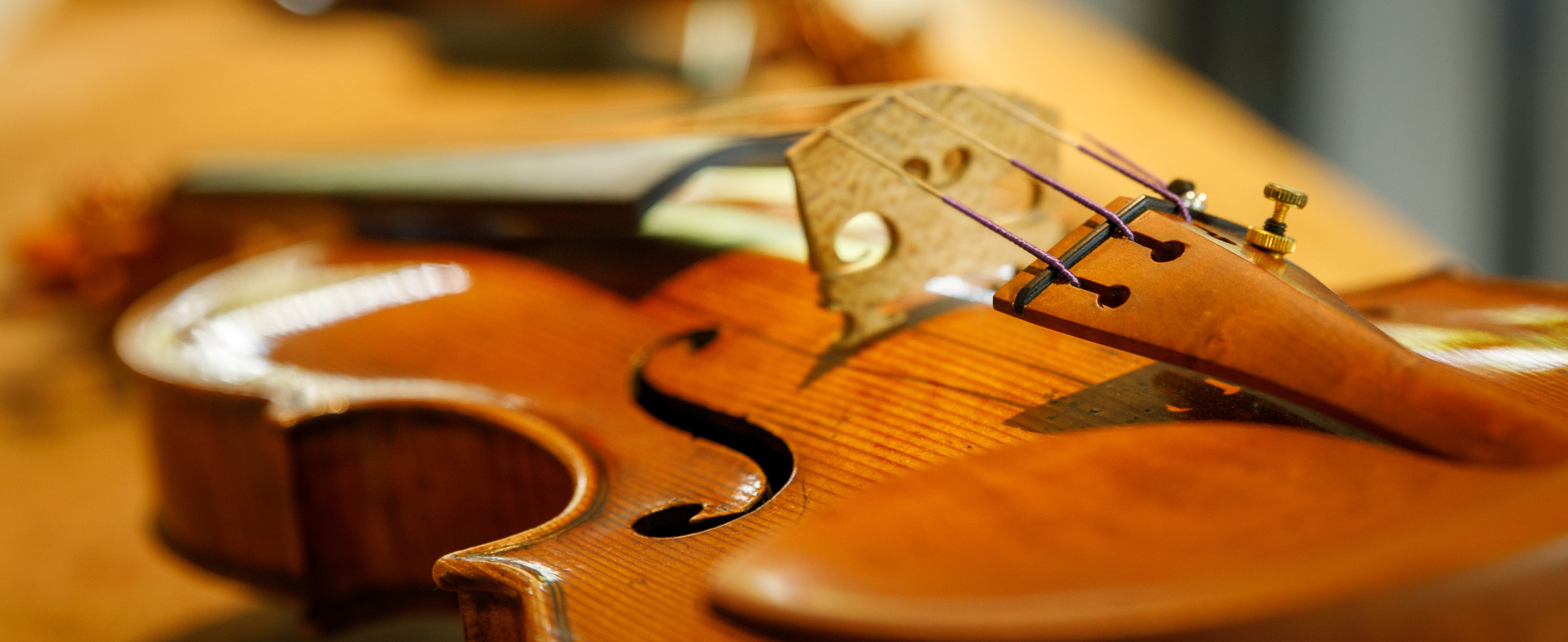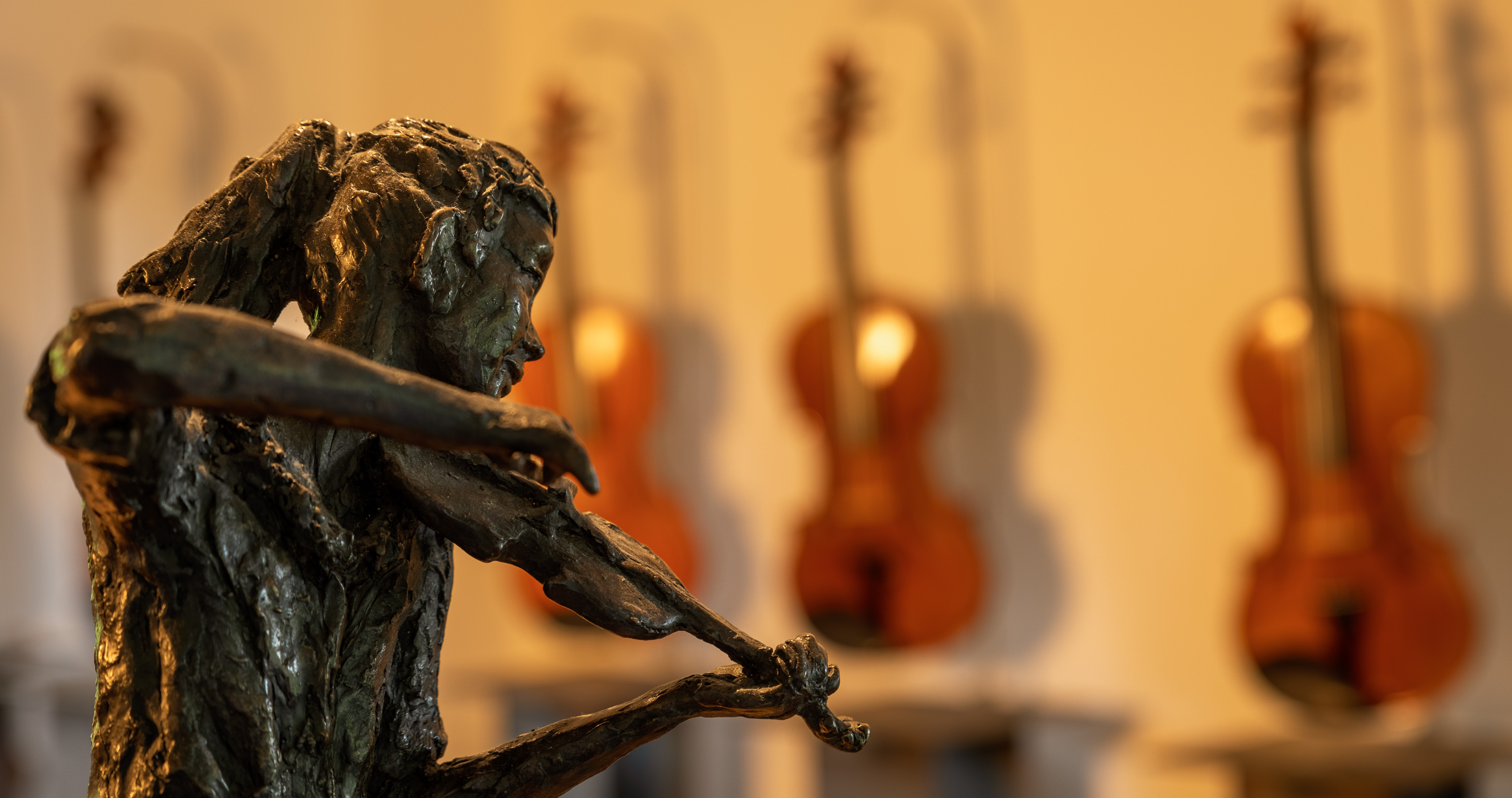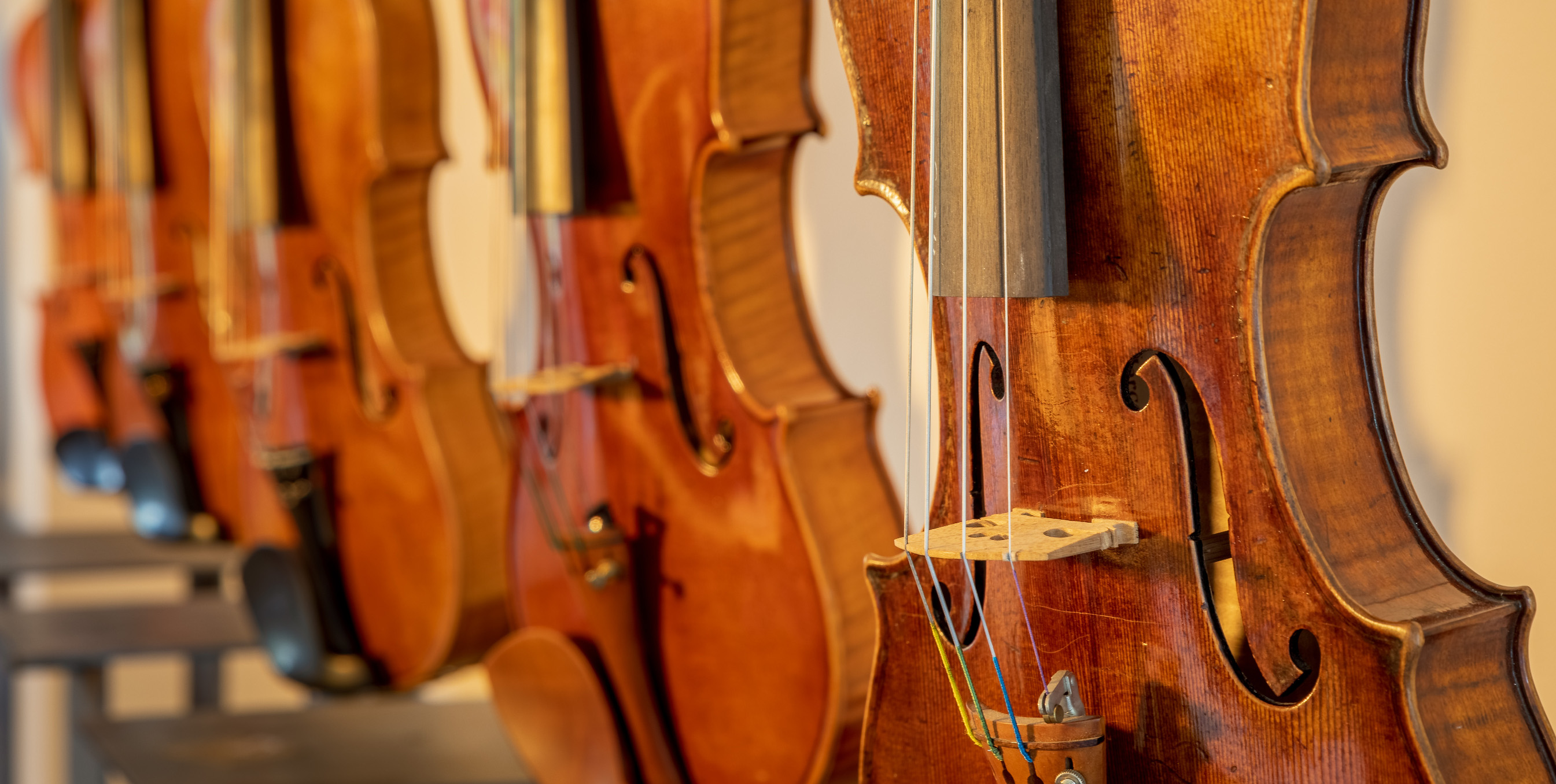Antonio Stradivari 1670 (1666-1668) VL Sachs
The instruments which belong to Stradivari’s first period of activity are often compared to those crafted by Nicolò Amati (1596–1684). This is due to the influential position the latter occupied in Cremona during the second half of the 17th century, and to his alleged tutorship over the young Antonio. In some cases the early violins manufactured by Stradivari are actually called ‘Amatisé’. Nevertheless some differences are evident between the two master luthiers and they were summarised, among others, by the distinguished Hill Brothers, whose description happens to fit this violin from 1670: ‘all pre–1684 Stradivari instruments contrast with Nicolò Amati’s contemporary works by their more masculine and solid build, accentuated in some specimens to a greater degree than in others. They lack that characteristic neatness of work shown in small and light substance of the edges, the slender corners, delicately cut head, and ‘‘f” holes of Nicolò’s violins, in which, in fact, every part is light of build and elegant in design. With Stradivari the curves are stiffer and less rounded, and especially noticeable is his treatment of the corners and the bouts; the two edges are broader in aspect and heavier in actual substance, all rendered the more apparent by an increase of margin round the sides, and the purfling being set a shade farther in. The corners are short and blunt; and the sound-holes, more angular in their curves; and placed more often closer together, are as a whole more substantial-looking. The model is that of his master, though perhaps less full round the edges than in the majority of Amati’s violins of this period.’
Further Details
Antonio Stradivari Set 1, Volume 1, Page 70

